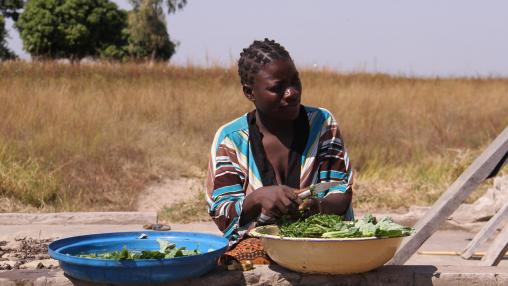
Healthy diets from sustainable food systems all year round – a case study captured on film in Zambia
This blog post originally appeared on the Bioversity International blog . It details one of many nutrition-related projects being conducted by CG centers under the Agriculture for Nutrition and Health (A4NH) program.
A 3-year research-for-development initiative in the Barotse floodplain, Zambia, supported by the CGIAR research programs Aquatic Agricultural Systems and Agriculture for Nutrition and Health, brought scientists and community members together to improve food and nutrition security all year round.
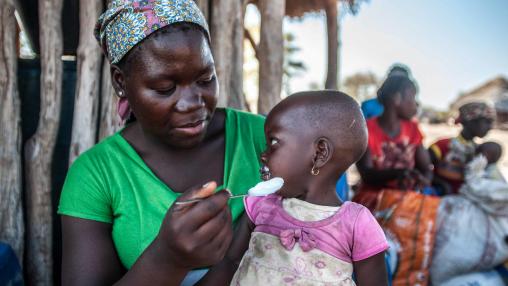
Southern Africa Facing Food Insecurity as Droughts Continue
As drought continues throughout southern Africa, the latest FEWS.net alert estimates that 2.5 million people are currently in Crisis food insecurity levels and in need of urgent humanitarian aid across Malawi, Zimbabwe, Mozambique, Madagascar, and Lesotho. The organization is also anticipating that the region’s food-insecure population in 2016-2017 will be at least two times higher than current levels.
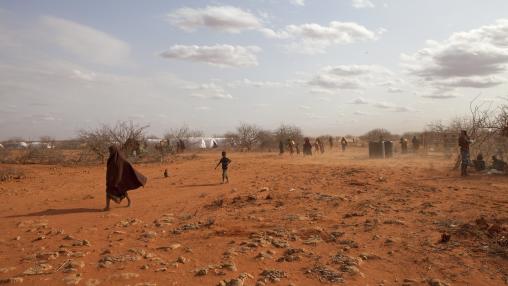
Ethiopia’s 2015 Drought: No Reason for a Famine
This blog was originally posted on IFPRI.org . Written by Shahidur Rashid of the Markets, Trade and Institutions Division and Paul Dorosh of the Development Strategy and Governance Division .

Agricultural Production and Changing Prices: The Case of Teff
Smallholder farmers make up over 90 percent of Ethiopia’s agricultural output and thus play a pivotal role in the country’s food production and availability. However, little research has been done regarding how farmers’ production and supply decisions respond to changes in agricultural prices. These supply responses can have significant implications for overall food security.
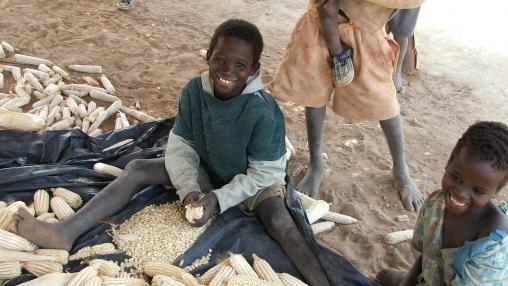
L'intervention du gouvernement aide-t-elle ou entrave-t-elle les marchés agricoles ? Données du marché du maïs au Malawi
Comme de nombreux gouvernements de pays en développement, le gouvernement du Malawi est intervenu sur les marchés agricoles du pays afin d'assurer un approvisionnement alimentaire adéquat à des prix raisonnables.
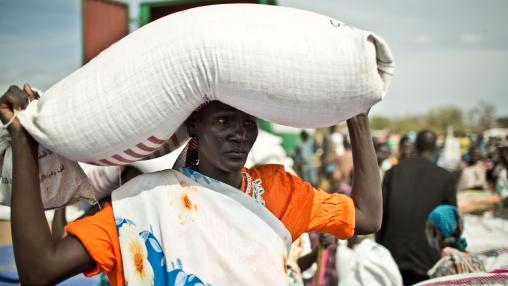
Enhancing Food Security in South Sudan: The Role of Public Food Stocks and Cereal Imports
With its history of political unrest and armed conflict combined with periodic droughts, widespread poverty, and low levels of food production per capita, South Sudan faces a particularly daunting food security situation. At present, Africa’s newest country relies on private sector cereal imports from Uganda for 30-50 percent of its total cereal supply.

Unpacking Post-Harvest Losses: A Meta-Analysis
This study (a joint undertaking by a number of researchers and published in World Development), conducts a meta-analysis which aims to expose the nature and magnitude of post-harvest losses in Sub-Saharan Africa, and to identify gaps in their assessment and mitigation. Post-harvest losses (PHL) are a crucial factor that affects food security and nutrition across the region.
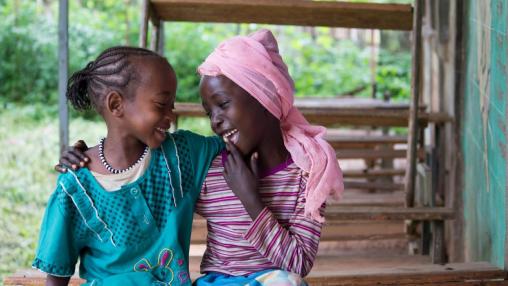
Tanzania: School Feeding Programmes Can Boost Girls' Ability
This piece was originally published on AllAfrica.com . Written by Deogratias Mushi.
In 2009, the United Nations estimated that 60 per cent of the world's chronically hungry people were women and girls, 98 per cent of whom were living in developing nations.
This result is, many girls drop out of school or perform poorly, hence denied opportunities to aspire for higher levels of education. When girls go hungry in Ward secondary schools, they will not have enough energy for going through all school activities, as a result they will either sleep or abscond from school.
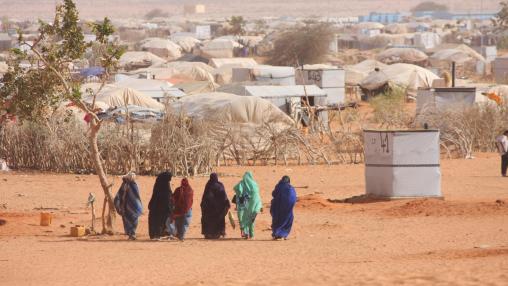
Conflict, Low Rainfall Impacting Food Security: FEWS Outlook Reports
According to the latest FEWS.net Food Security Outlook Reports, West Africa could face sharp increases in food insecurity in the coming months, specifically in areas surrounding Lake Chad. Boko Haram-related conflicts continue to disrupt markets in the region, impacting many households’ income-generating potential.
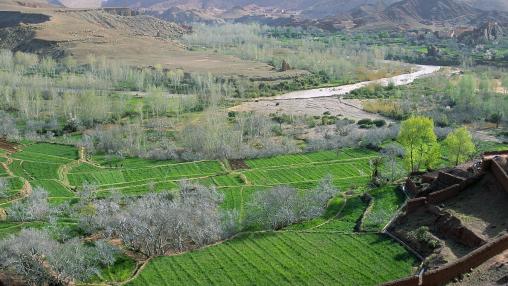
New Atlas Puts Together Pieces of Africa's Agricultural Puzzle
An estimated 202 million hectares of land suitable for farming remain uncultivated in Africa, despite near-constant calls for the region to intensify its agricultural production to keep up with the food demands of a rapidly growing population. So why is so much potentially productive land not being used for agriculture? In many areas, unreliable rainfall and poor soil fertility make the land, while cultivable, difficult to farm.